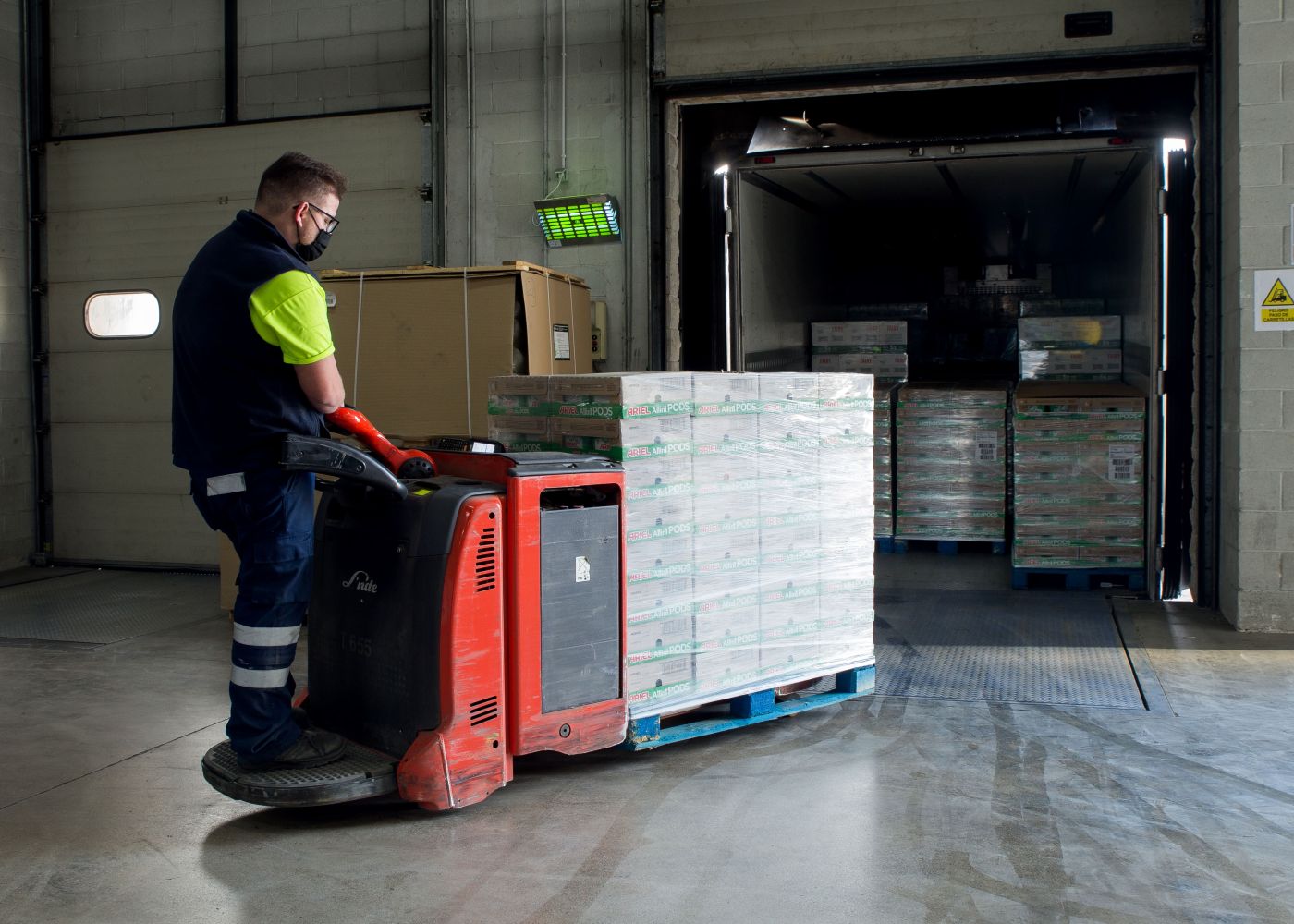What is continuous material handling and how it differs from traditional handling?

In logistics, handling is a phase during which goods or loads are moved in a logistics space, a distribution centre, a factory or any other kind of facility.
This process can be manual, semi-automatic or fully-automatic, depending on the handling equipment you have.
For instance, among the kinds of equipment which convert handling into a semi-automatic process we find filler, forklift, elevator and stacker, while a stacker crane, conveyor or motorised carriage allow to fully automate this logistics phase.
Even so, in logistics we never stop innovating our processes in order to increase its efficiency. And if you read this article, you may discover a new method which will help you to increase your productivity and satisfy the demands of the modern customer.
What is continuous material handling?
In the process of continuous material handling, flows of goods or products are processed automating their route in a way they never stop and no human action is required.
As a result, flows of storage, production, reception and or continuous preparation are carried out reducing distances in warehouses and increasing efficiency and quality of work.
What are the differences between continuous handling and traditional handling?
- In traditional handling, workers move in order to store or pick goods, whereas in continuous handling processes there are conveyors available which allow to optimise product passages, normally thanks to warehouse management computer programs.
- In that and other processes, continuous handling is automated, whilst in traditional handling all the processes are manual or semi-automatic.
- In traditional handling it is usual that mistakes in picking are made because of purely human factors. If you count with automated processes, continuous material handling prevents the possibility of errors, and preparation phases, classification and packaging are improved.
- Another advantage is that in continuous handling not only the costs derived from delivery terms optimisation are reduced, but also expenses related to labour decrease.
- To count with machinery instead of workers is not only a matter of saving money: it also improves safety and ergonomics at work.
- Finally, continuous handling allows to combine the assembly line and production, something which is impossible in traditional handling.
How to implement continuous handling processes in your business?
As we could see in this article, continuous handling is linked to the use of industrial conveyors. It quite often leads to a situation when the most profitable option is to outsource this process with a logistics partner which counts with adequate machinery and facilities for its implementation.
Among industries which opt for continuous material handling most are: the pharmaceutical, automobile, aeronautical, retail sale and distribution, agro-food, naval construction or railway construction.
Even so, many more sectors can benefit from continuous material handling as it brings an increase of internal logistics efficiency. If you would also like to optimise your logistics processes, you can contact us through the following link.
